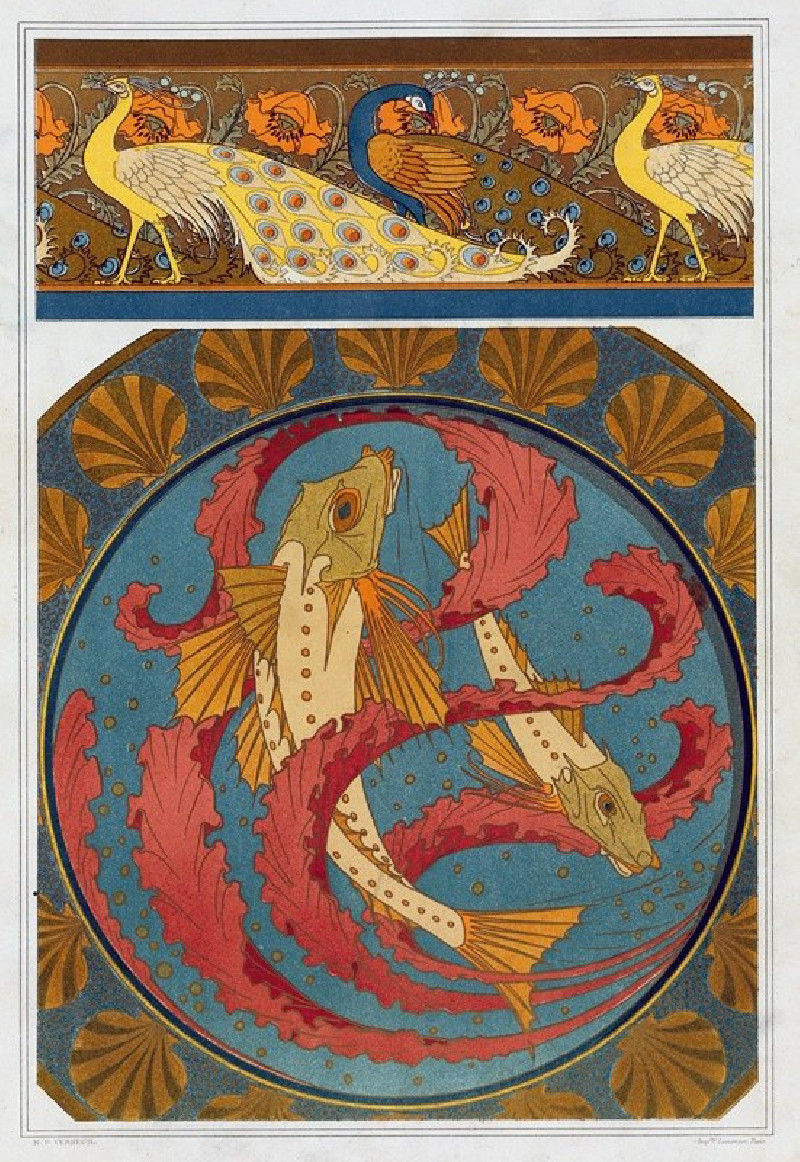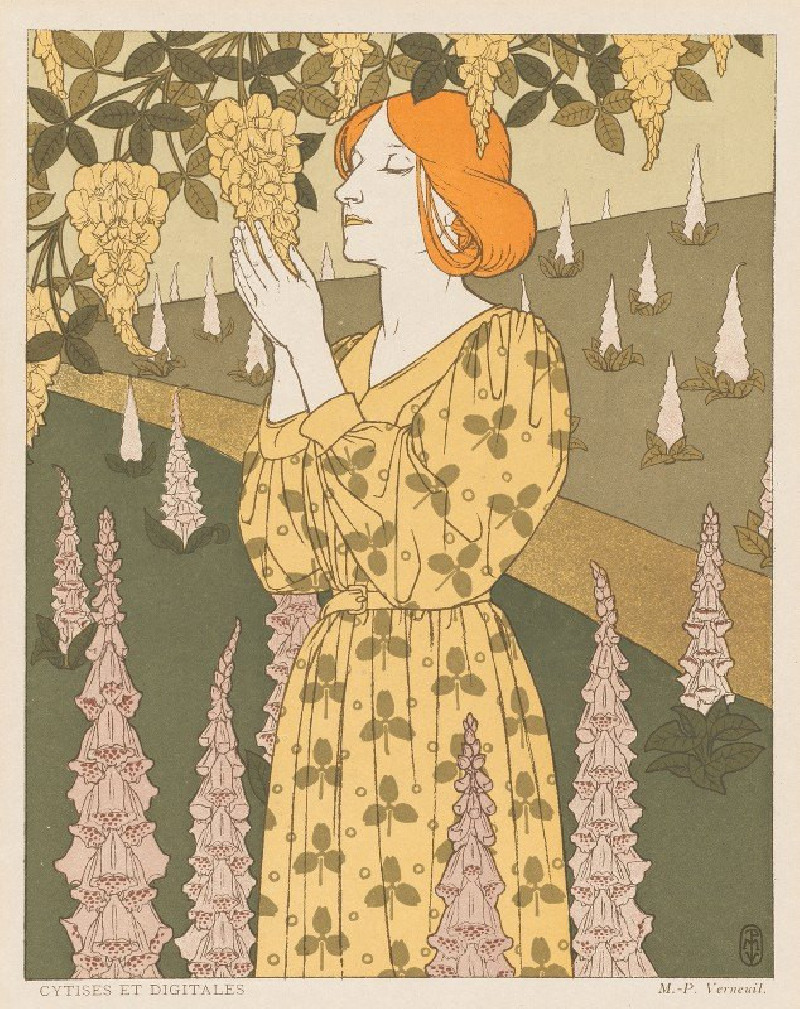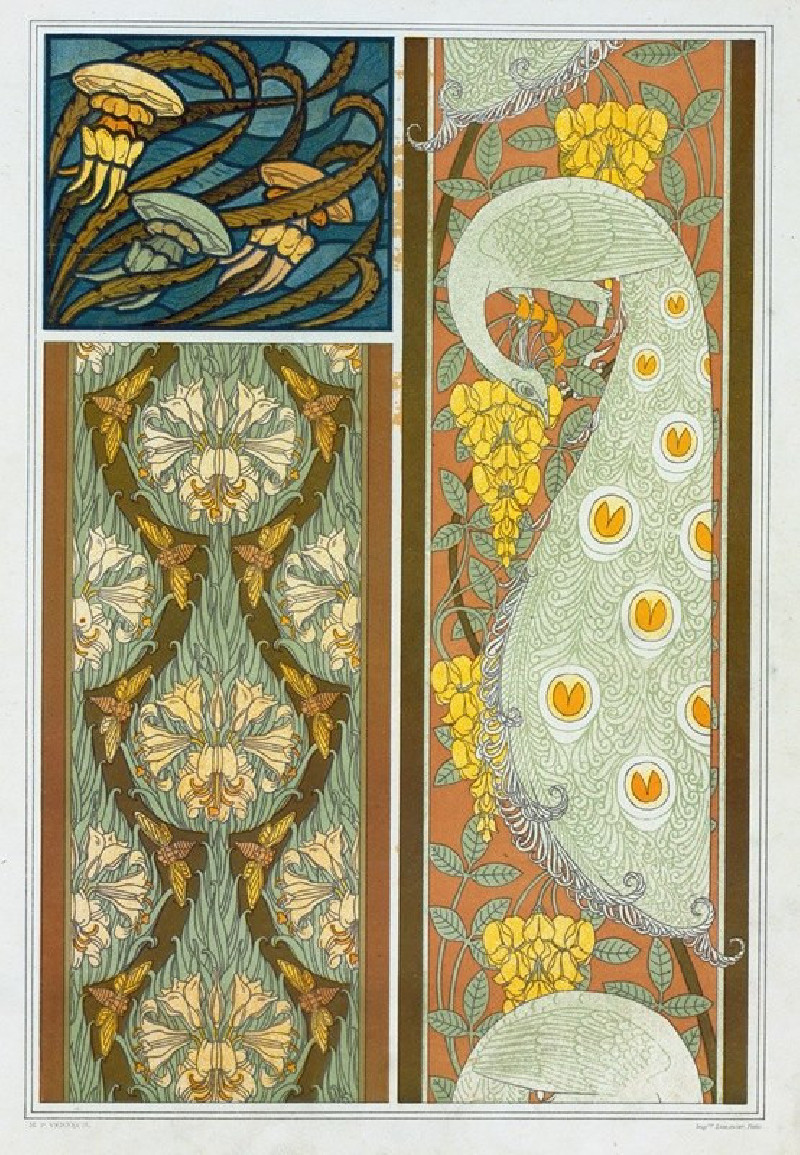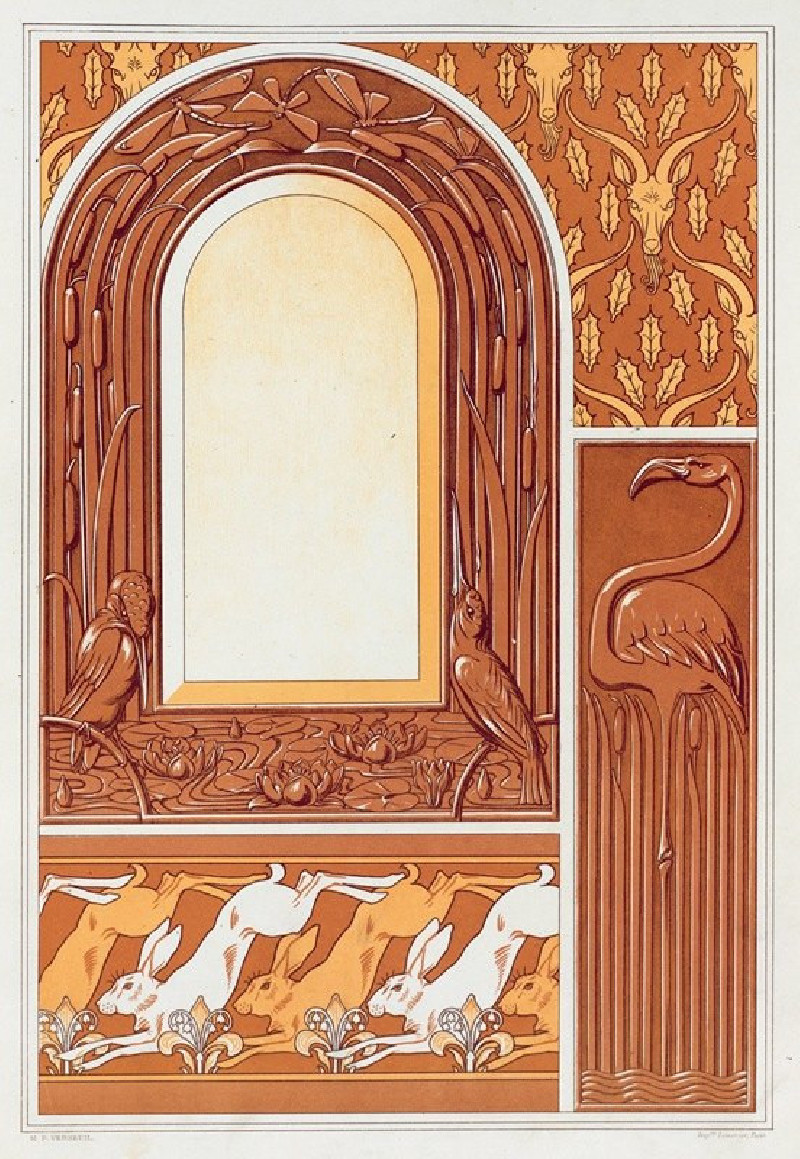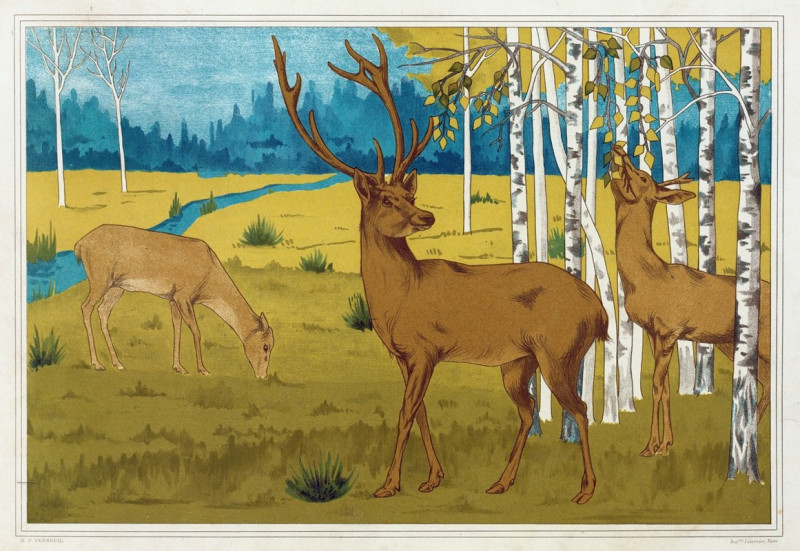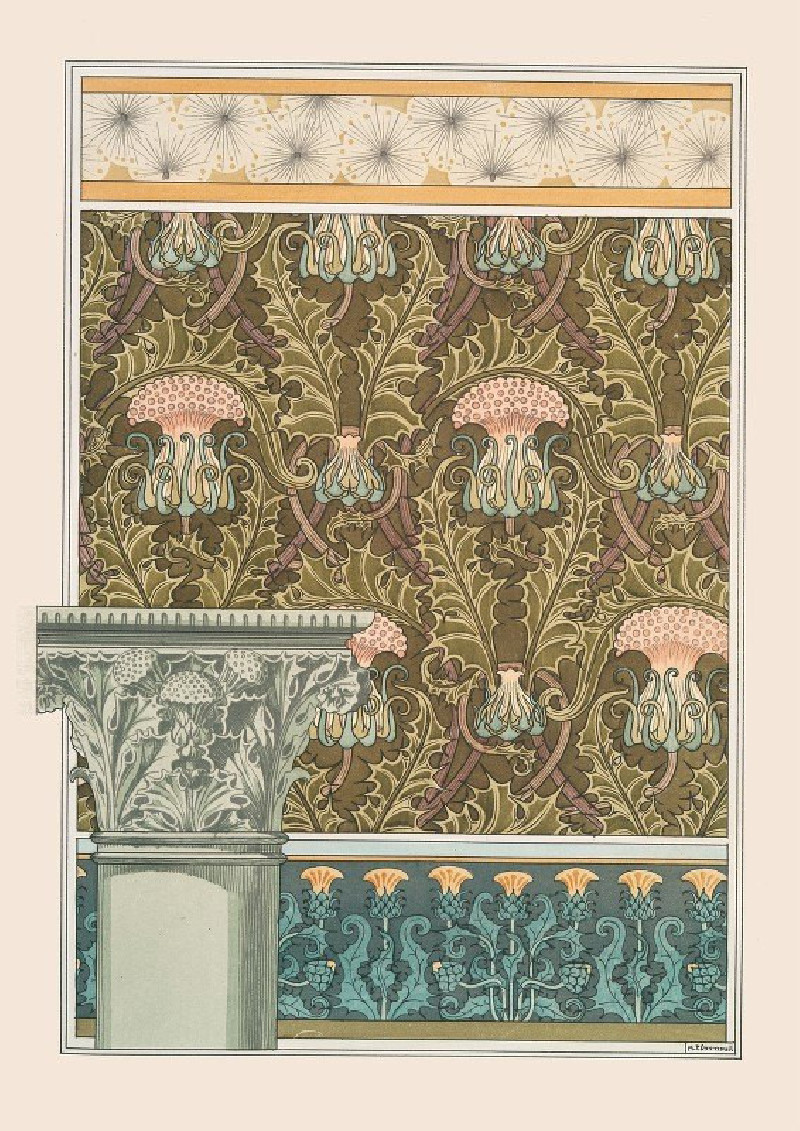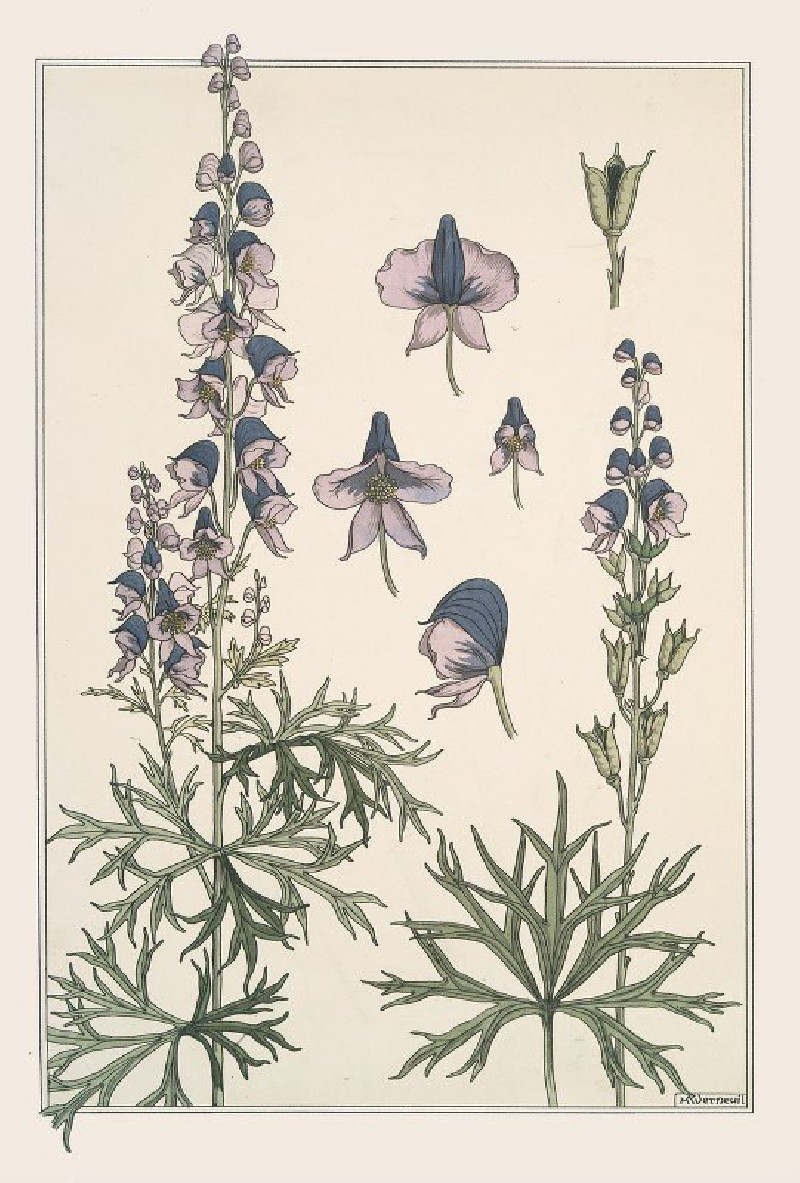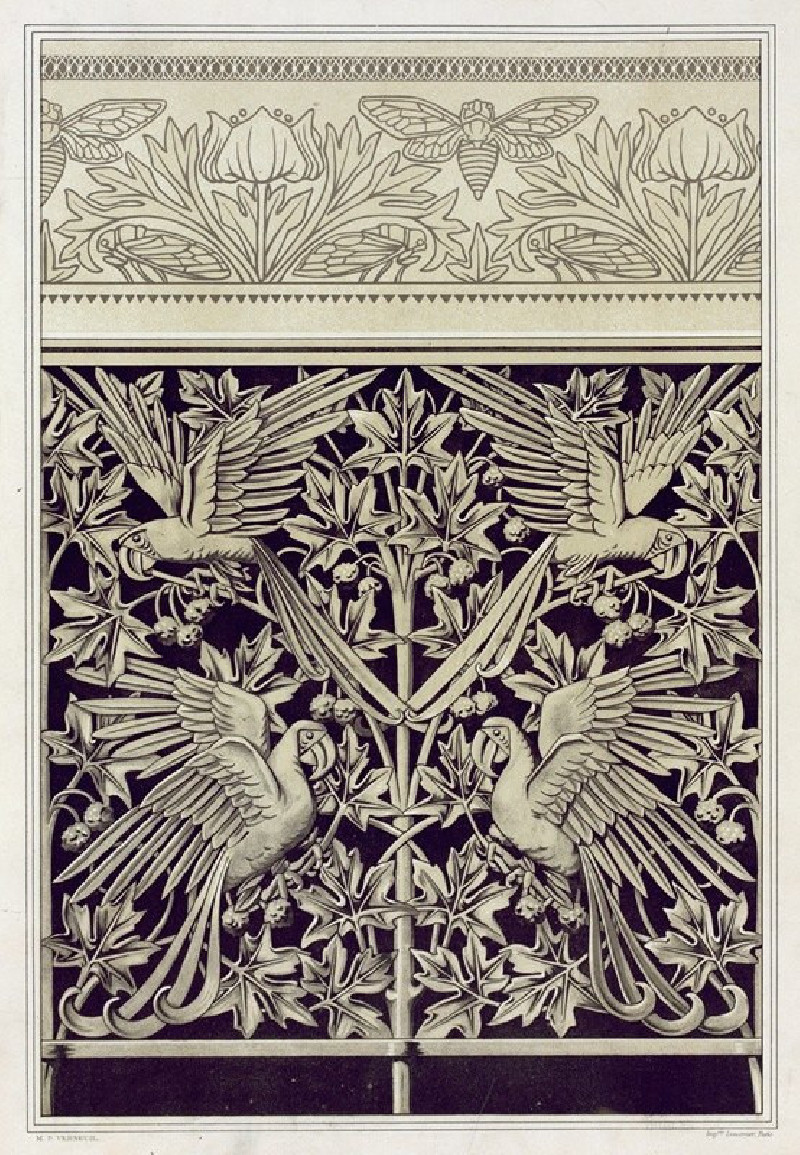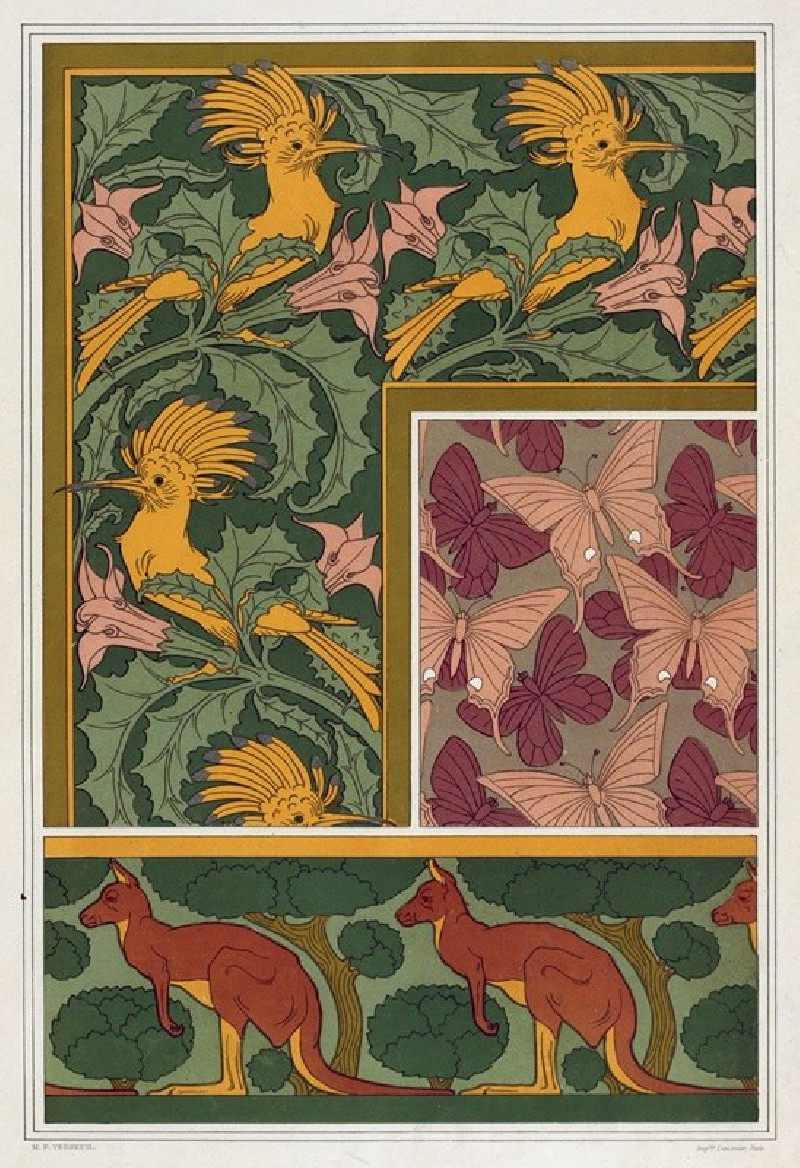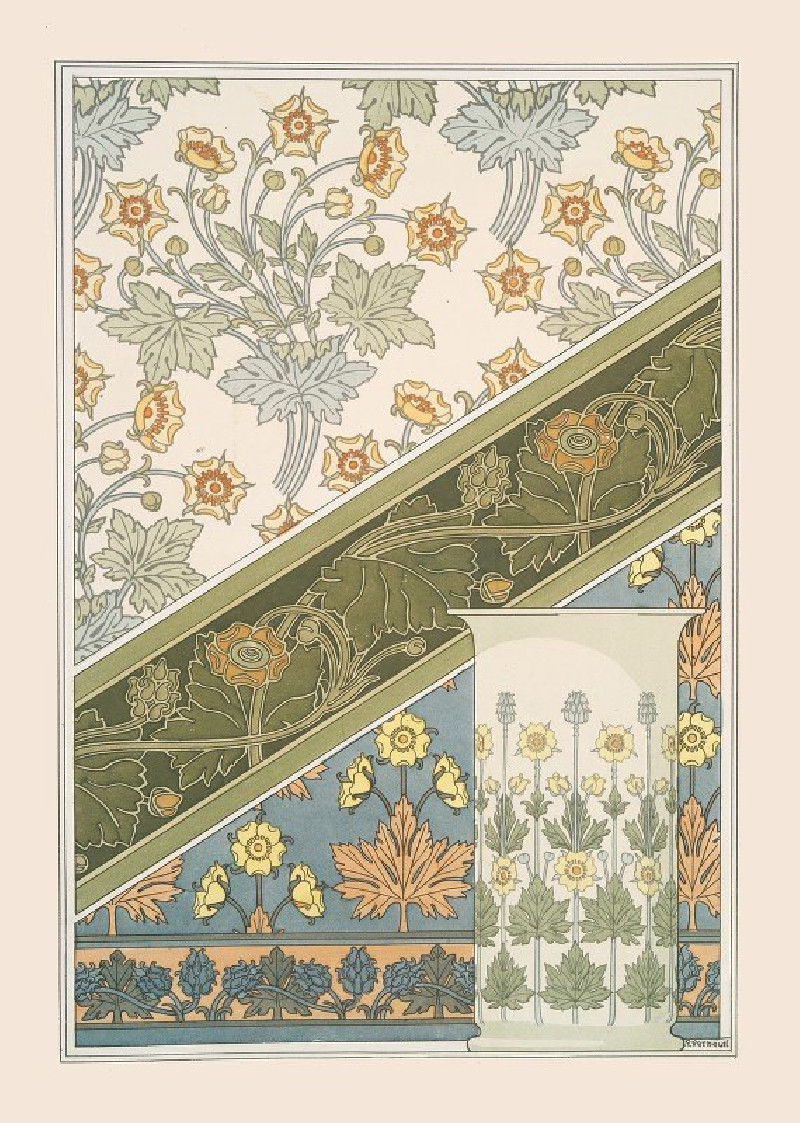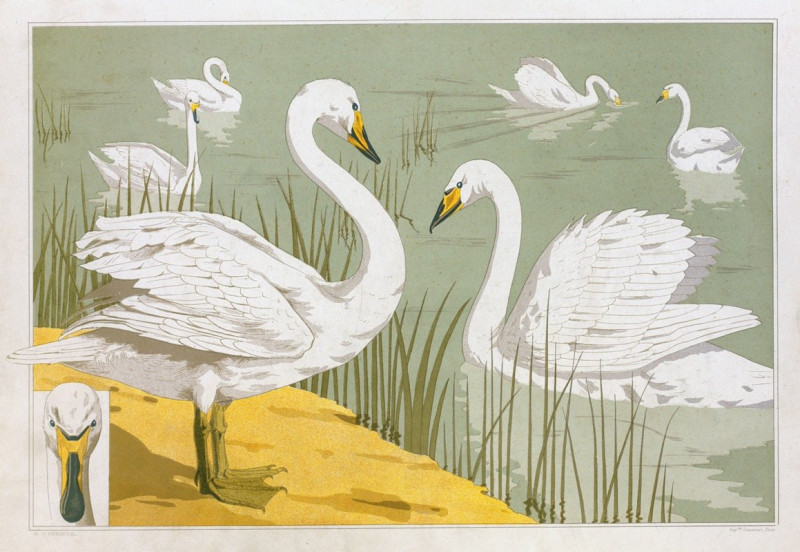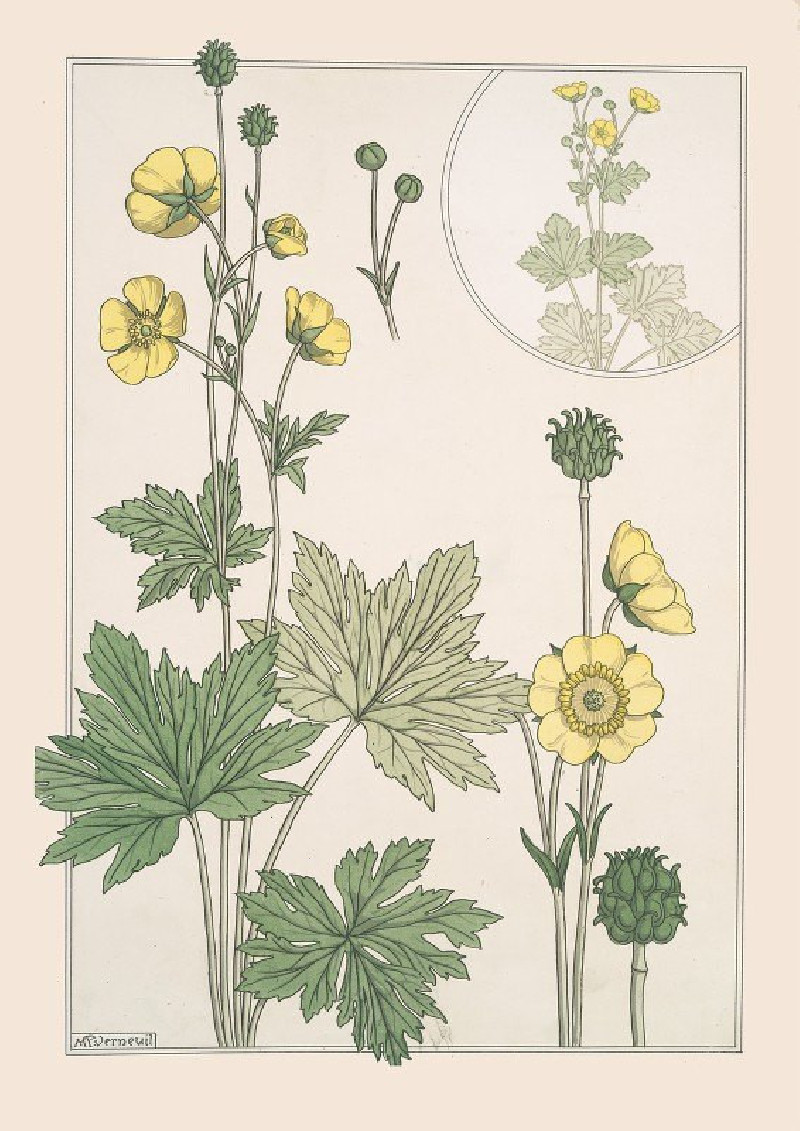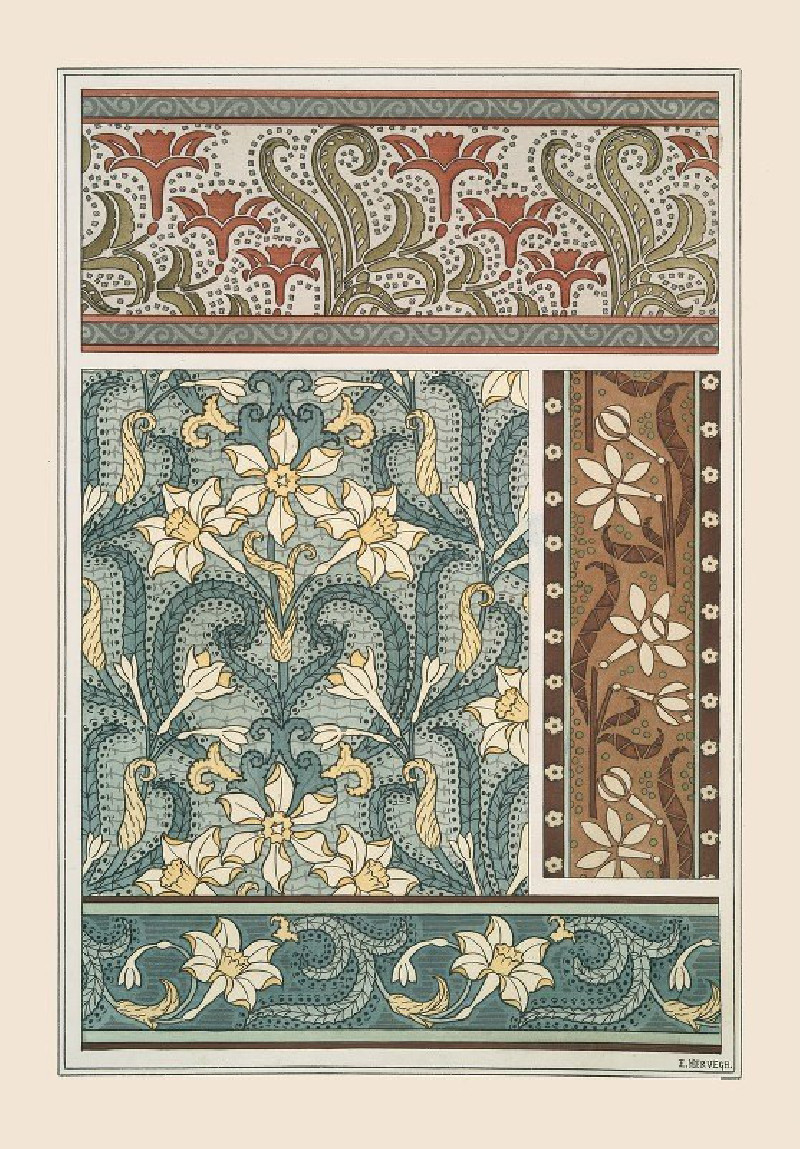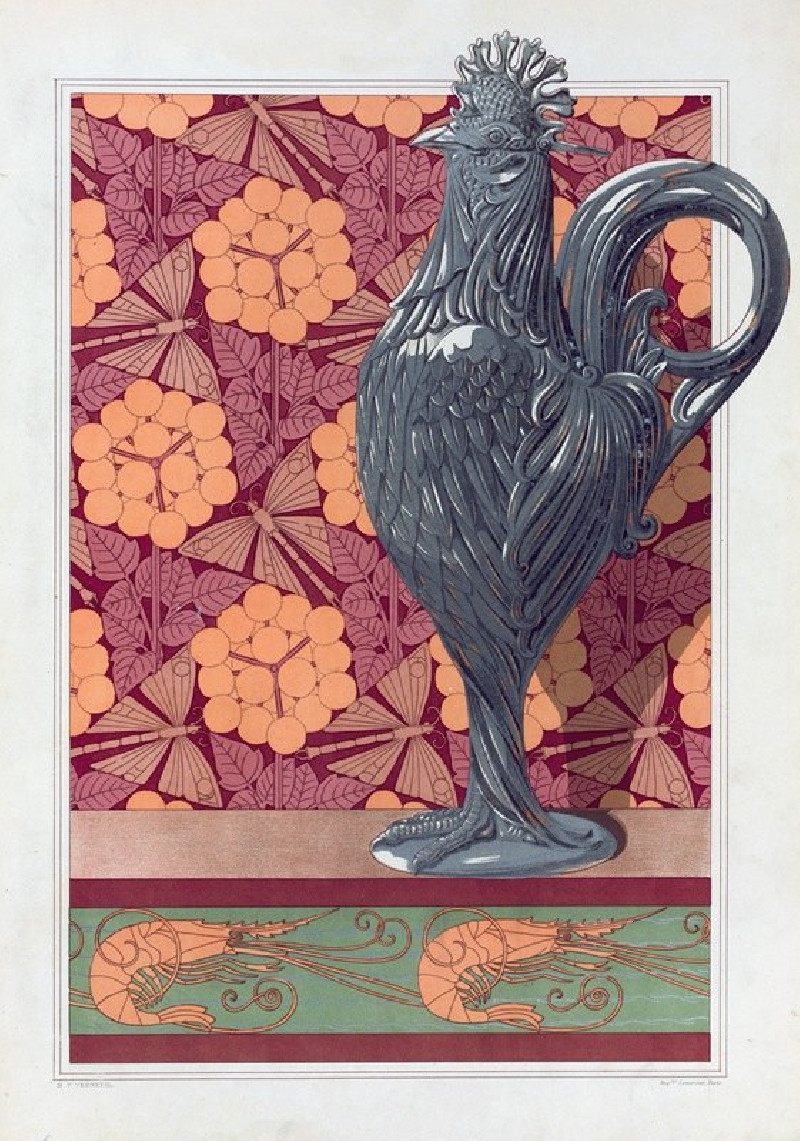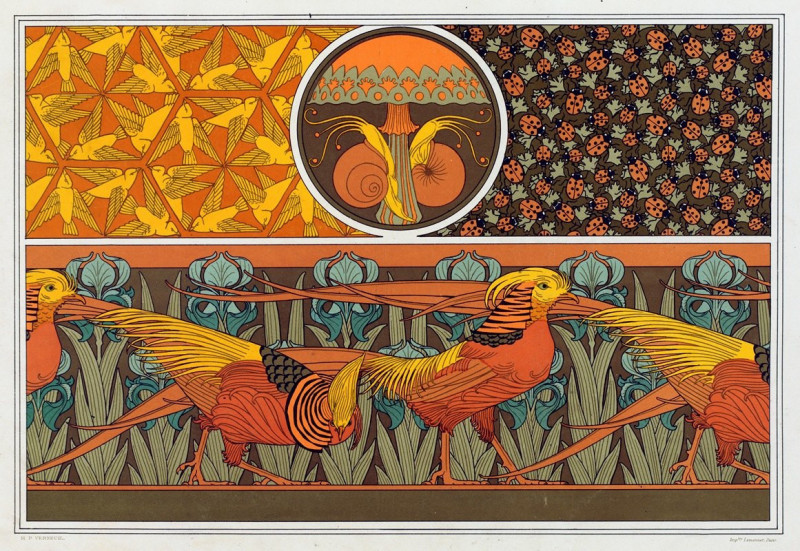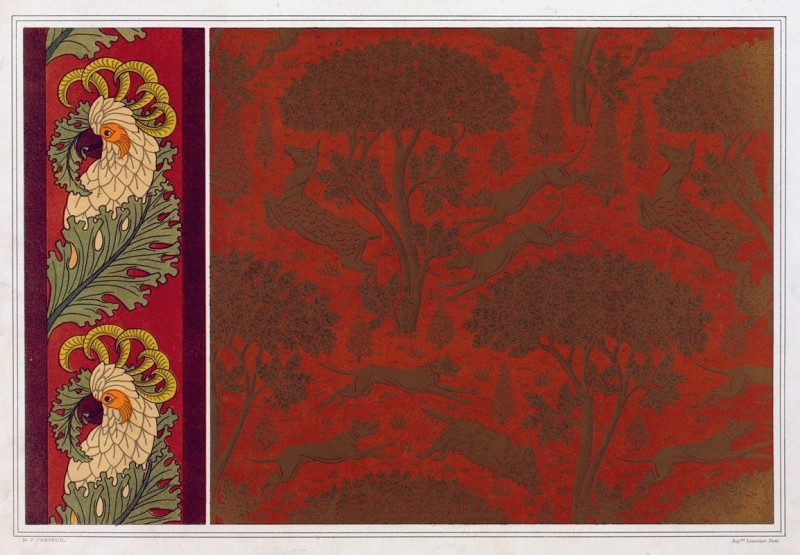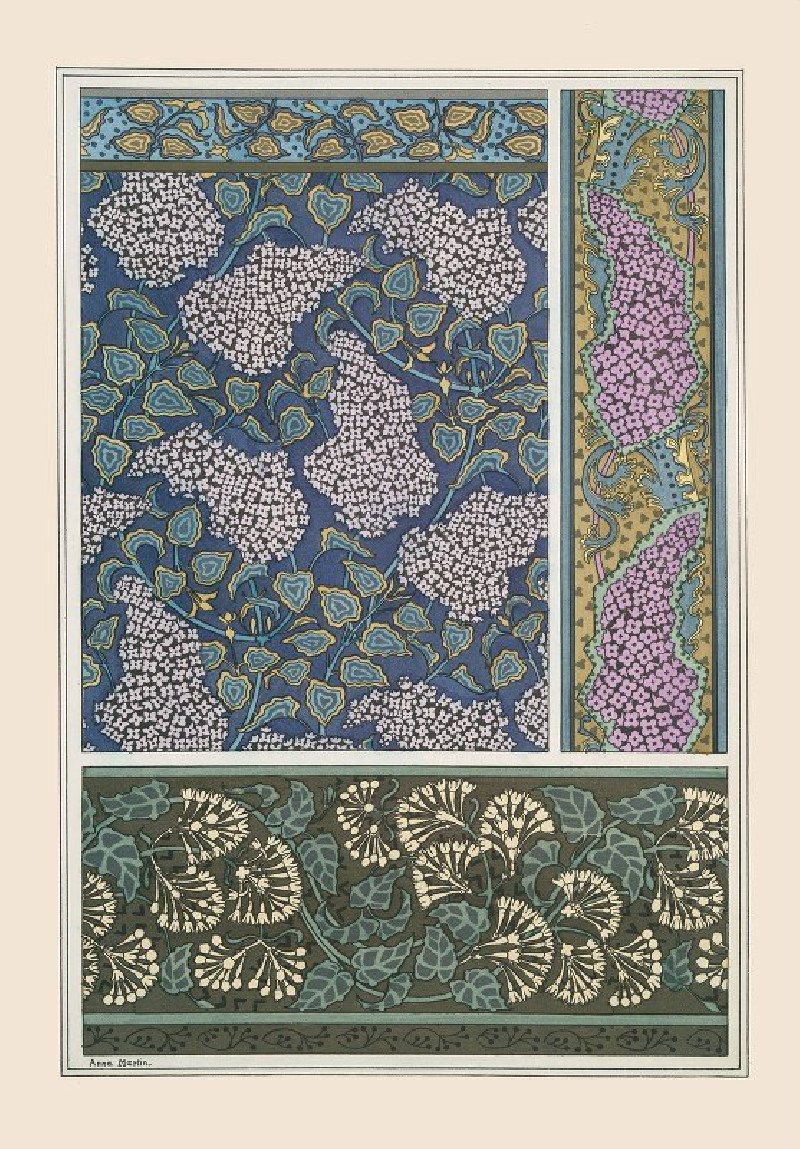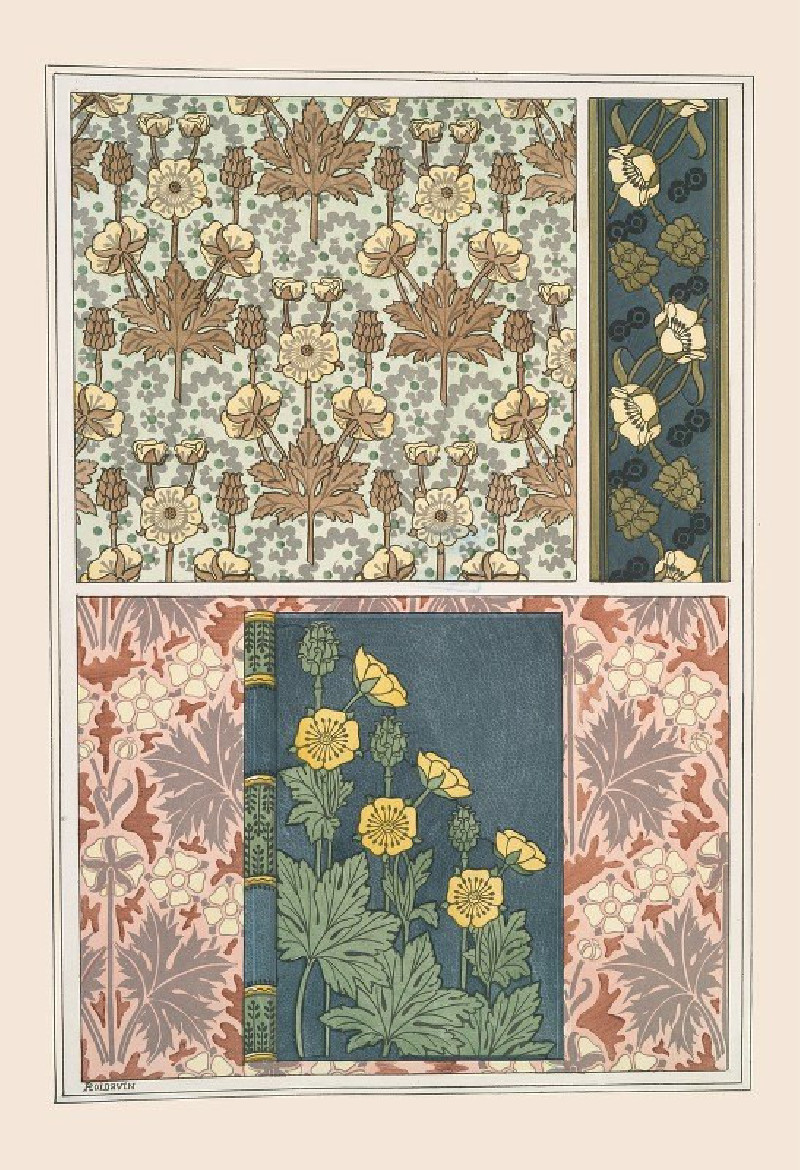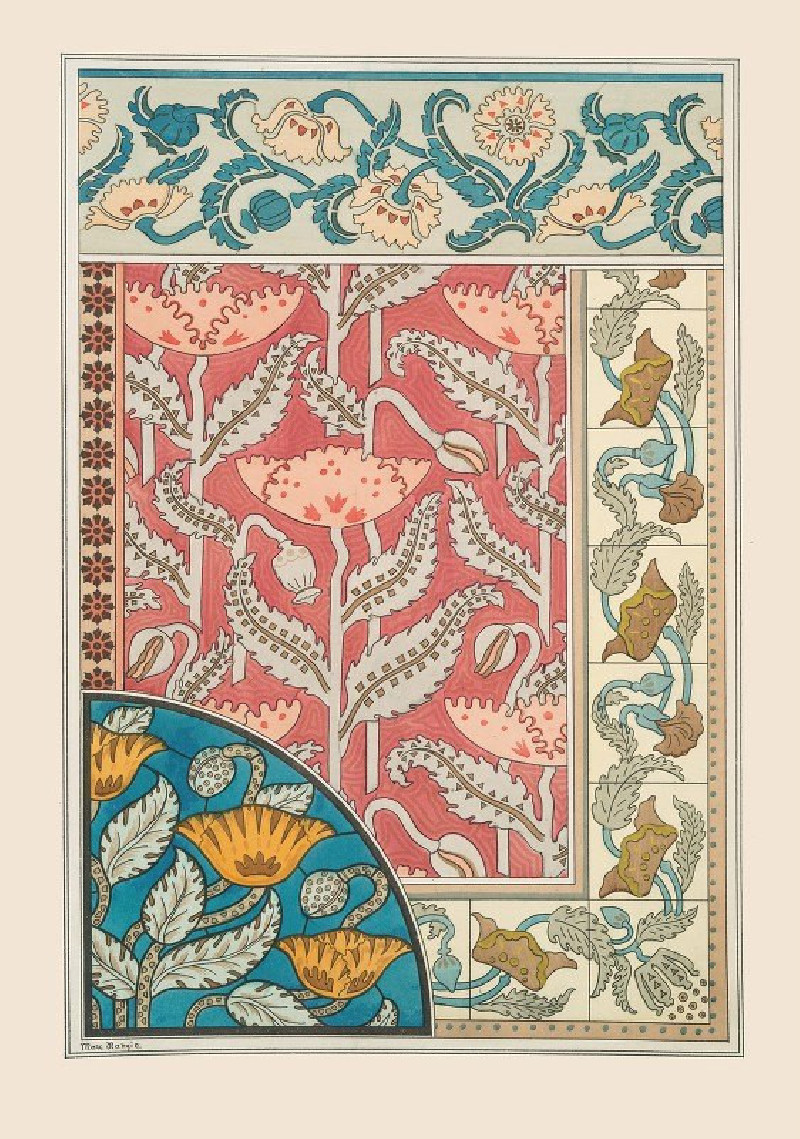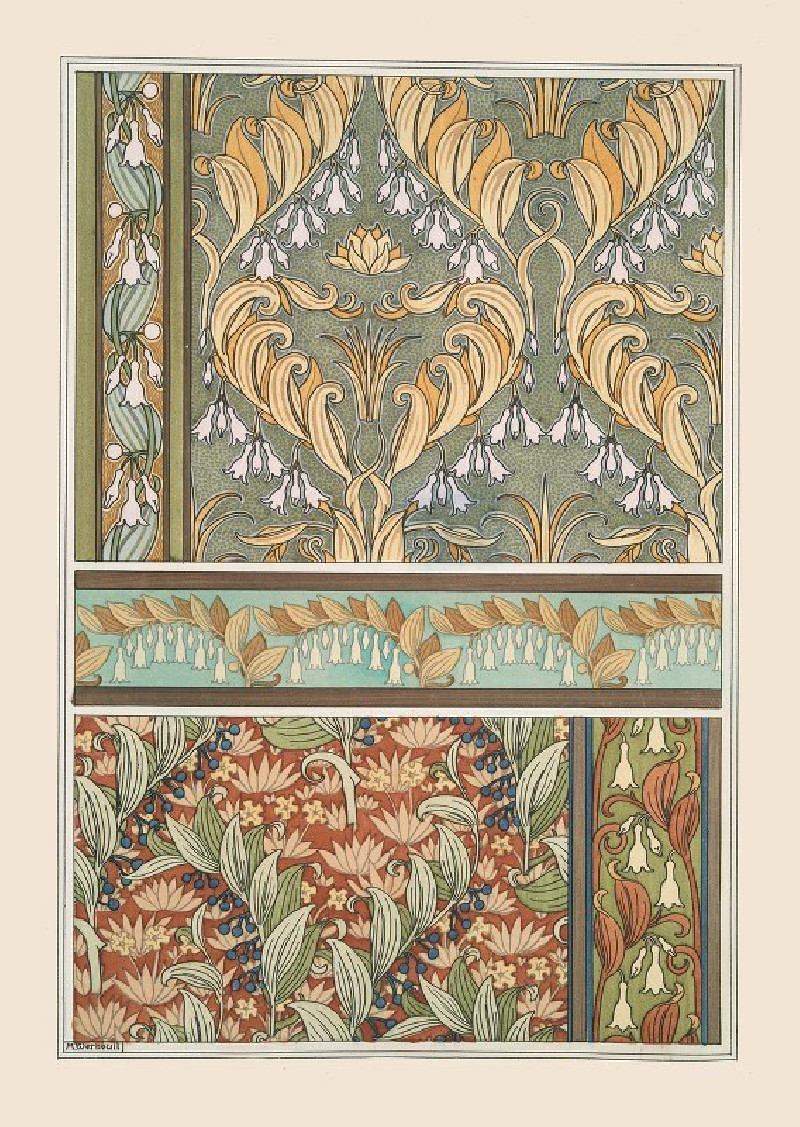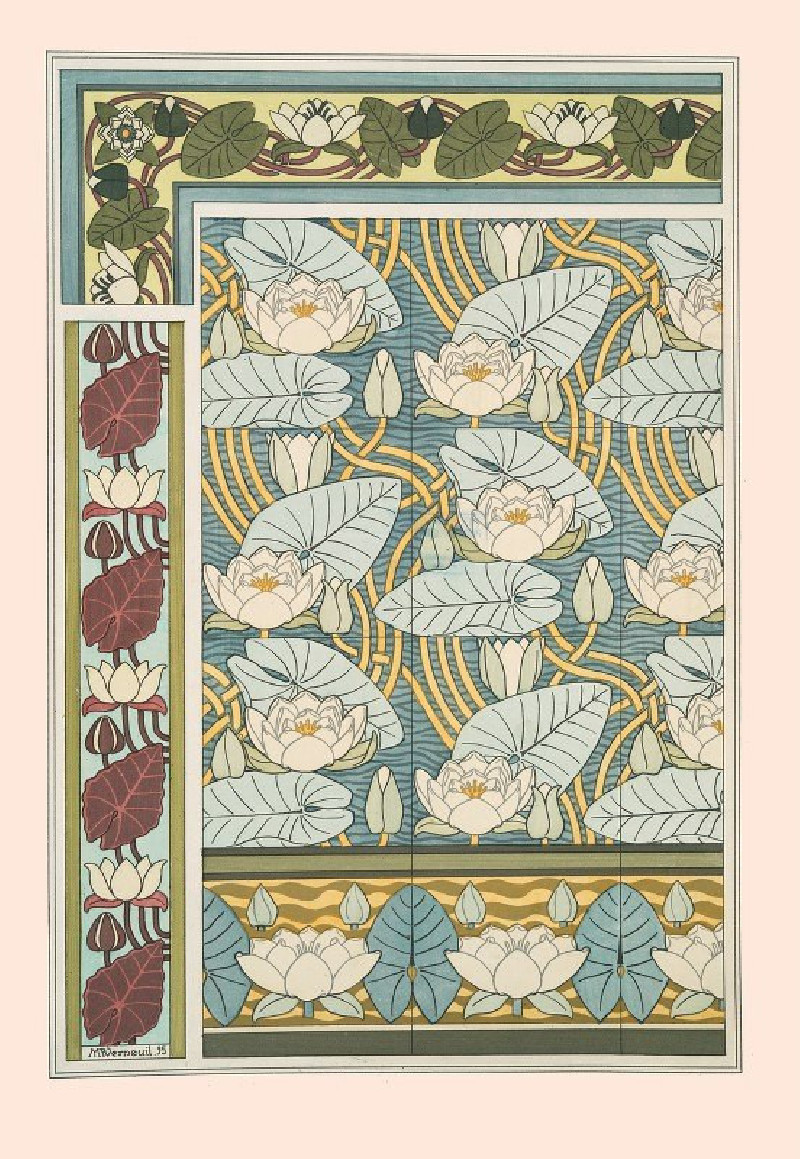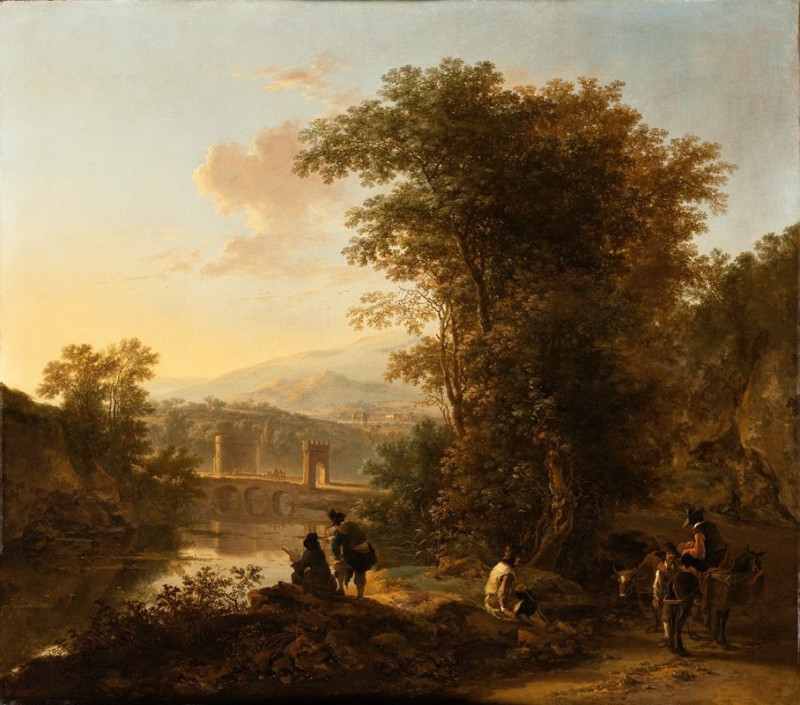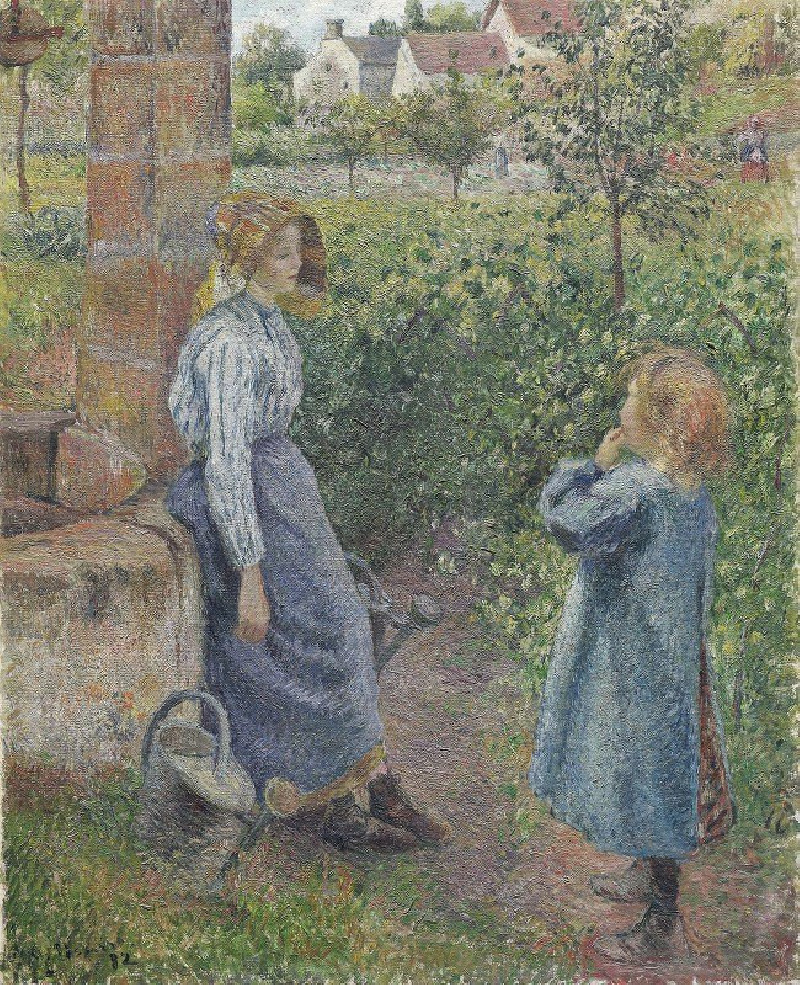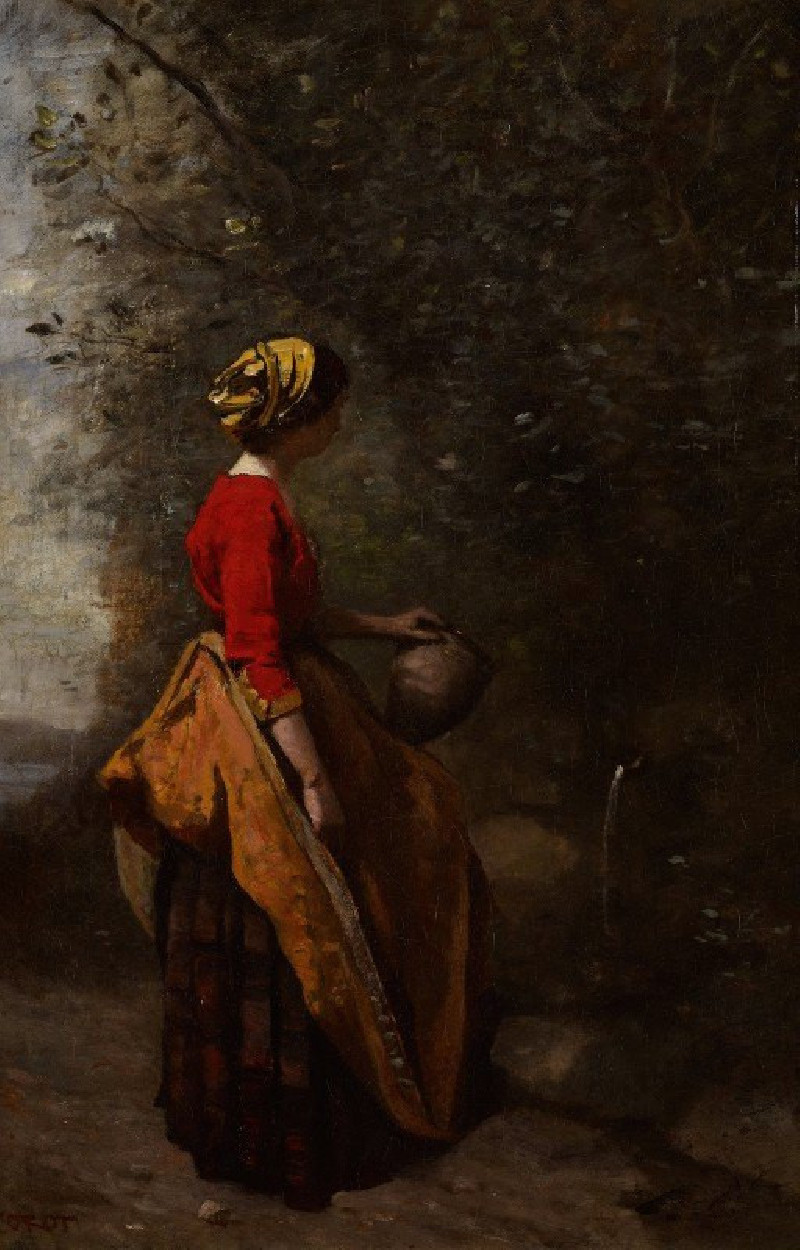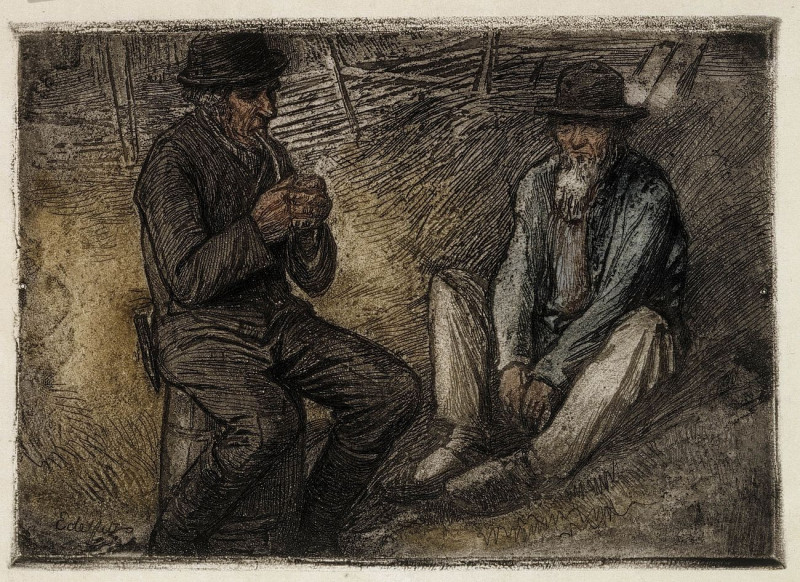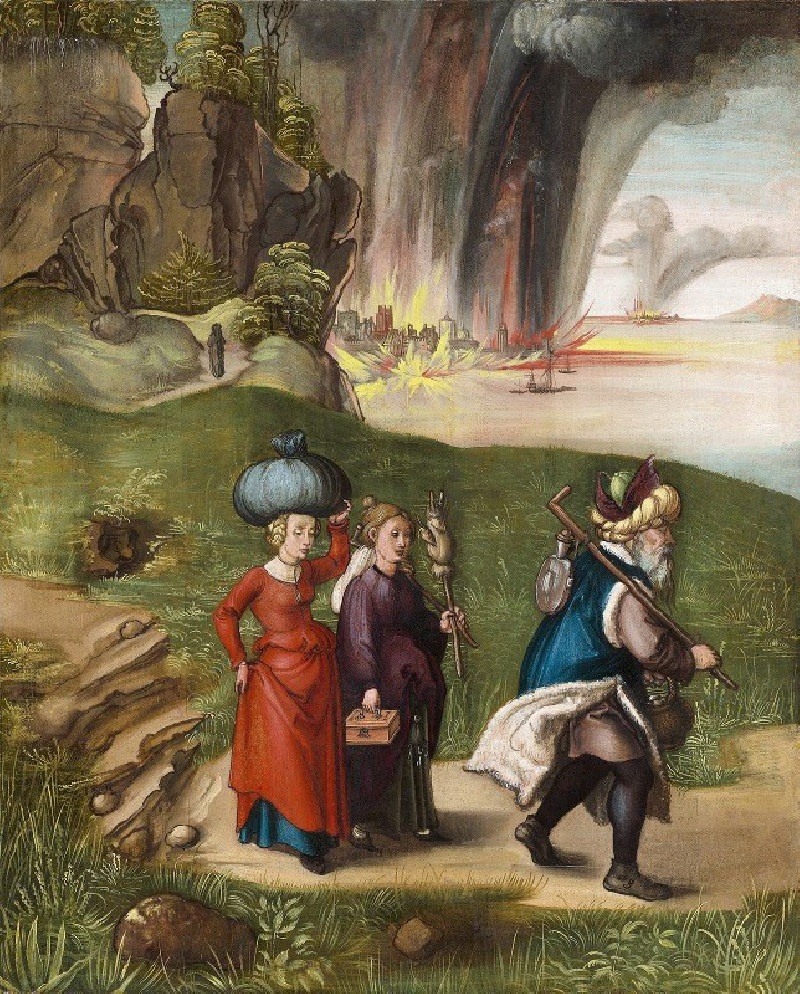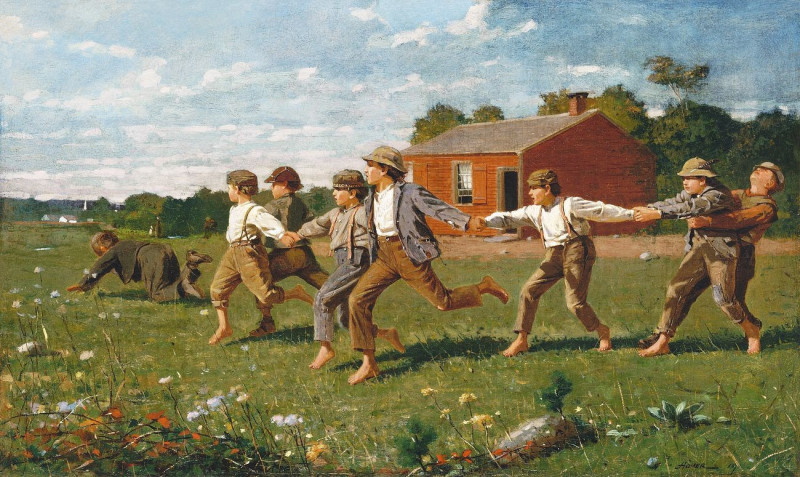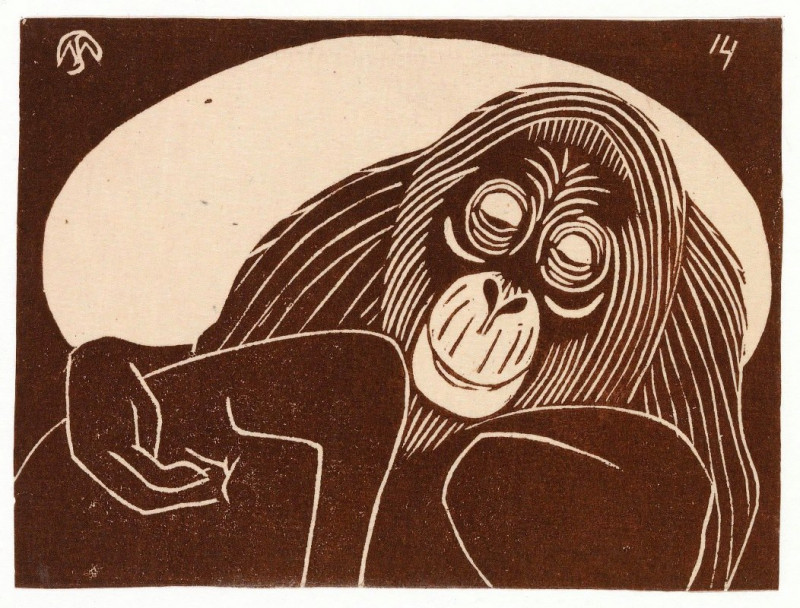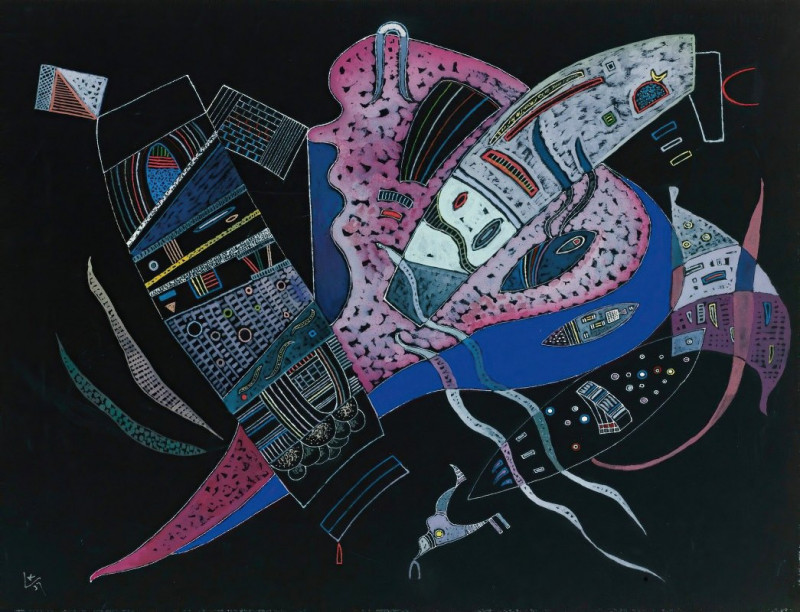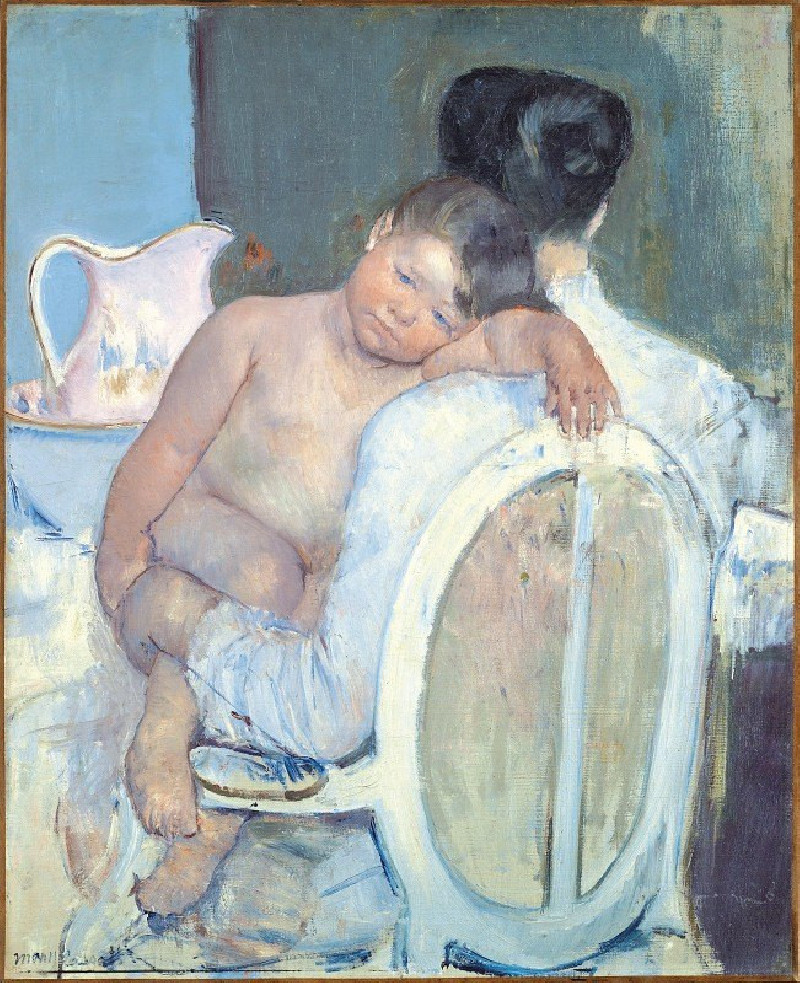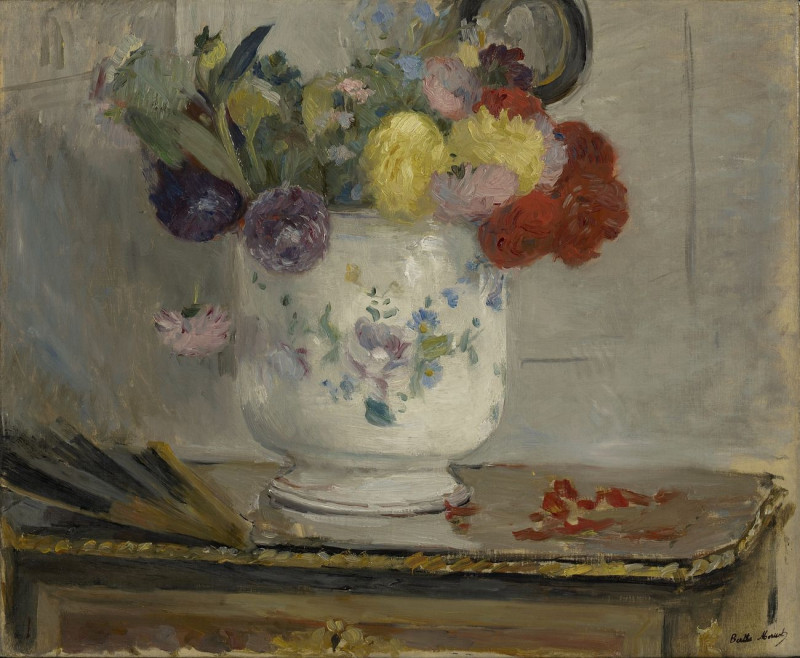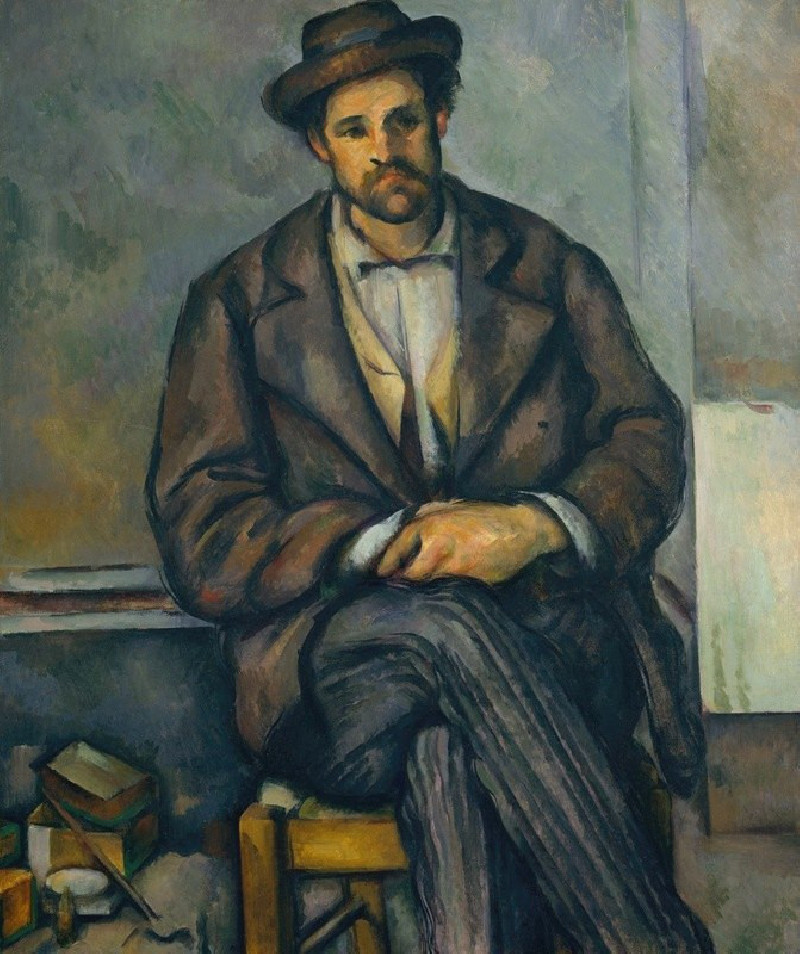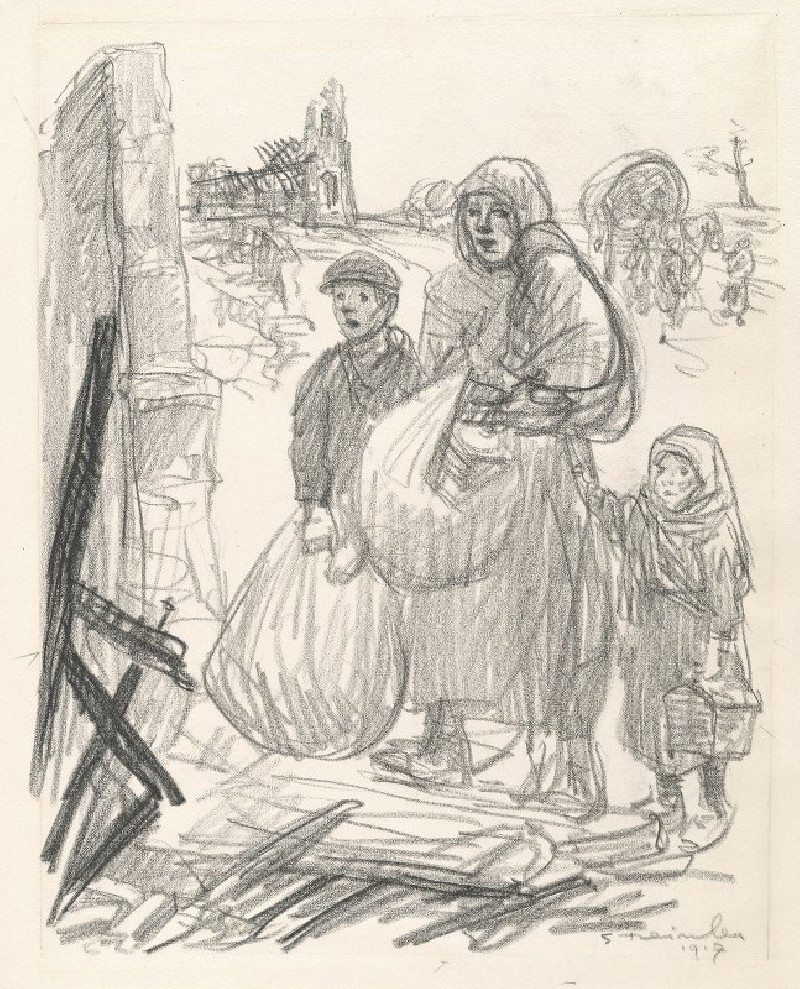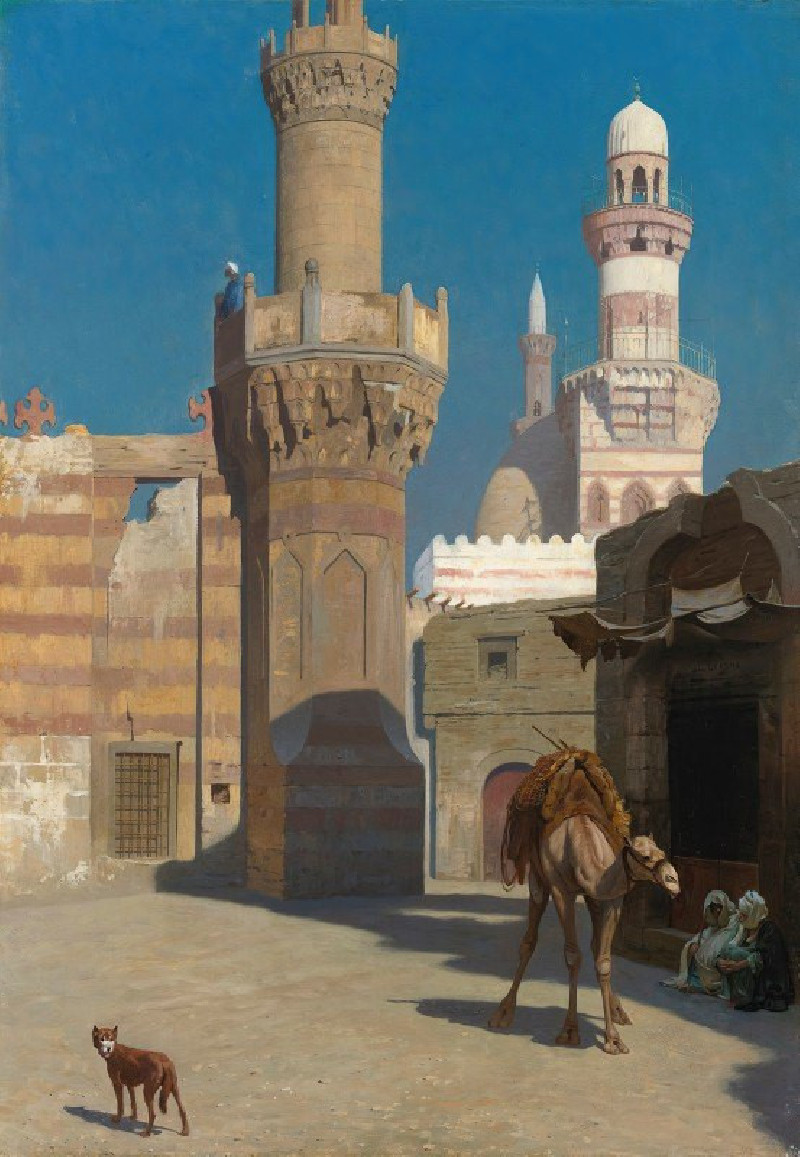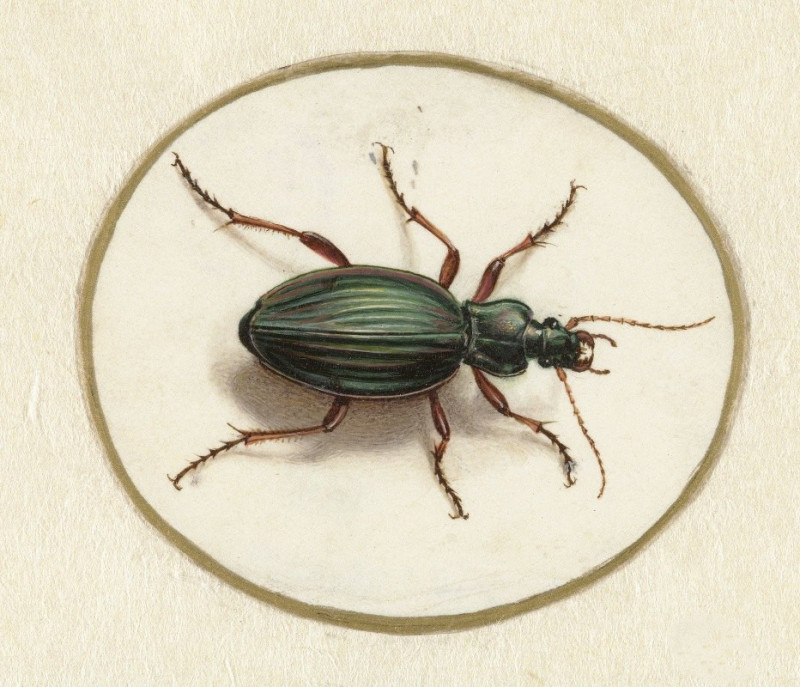Paons et pavots, bordure. Grondins, algues et coquilles, plat en émail cloisonné. (1897)
Technique: Giclée quality print
Recommended by our customers
More about this artwork
Explore the Intricate Beauty of Maurice Pillard Verneuil's "Paons et pavots, bordure. Grondins, algues et coquilles, plat en émail cloisonné" (1897).This captivating piece of artwork by Maurice Pillard Verneuil, a notable figure in the Art Nouveau movement, beautifully showcases his exquisite style and mastery in decorative arts. The painting is divided into two main sections, each brimming with vibrant colors and meticulous details that invite the viewer for a closer inspection.The upper section of the painting features a captivating scene of three peacocks amidst a background of poppies and ornamental foliage. The peacocks, renowned for their splendid tails, are depicted with their iconic plumage in shades of yellow and blue, set against a rich backdrop of orange poppy flowers. This arrangement is not just stunning but symbolizes beauty and pride, typical themes in Art Nouveau.Below, the composition transitions into a striking cloisonné enamel plate design. Set against a vivid blue background, this section illustrates a lively underwater scene. Two sinuous fish, rendered in a style reminiscent of Japanese prints, swirl around the canvas, surrounded by red algae and seashells. This imagery not only presents a delightful contrast to the peacocks above but also illustrates Verneuil's ability to seamlessly integrate different natural elements into a harmonious design."Pons et Pavots, Bordure. Grondins, Algue et Coquilles, Plat en Émail Cloisonné" is a testament to Verneuil's skill in blending natural forms with decorative aesthetics, making it an exemplary piece of Art Nouveau artistry.
Delivery
Returns
Maurice Pillard Verneuil was a French artist and decorator in the Art nouveau movement. He was born in Saint-Quentin, France. Maurice Pillard Verneuil learned his trade from the Swiss designer Eugène Grasset. Maurice Pillard Verneuil then went on to become a well-known artist and designer. He was inspired by Japanese art and nature, particularly the sea. He is known for his contribution to the art deco movement and, in particular, his use of bold, floral designs in ceramic tiles, wallpapers and other furnishing textiles.

